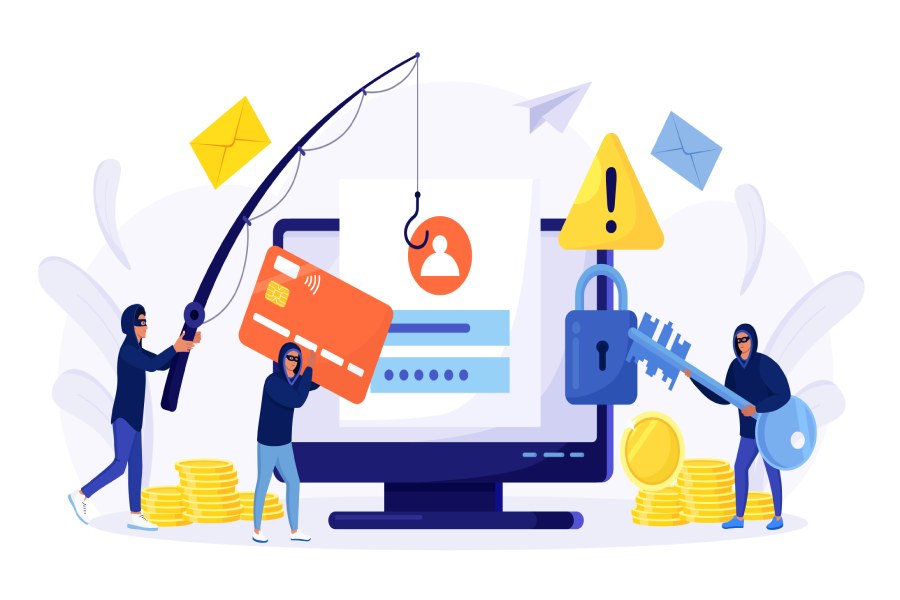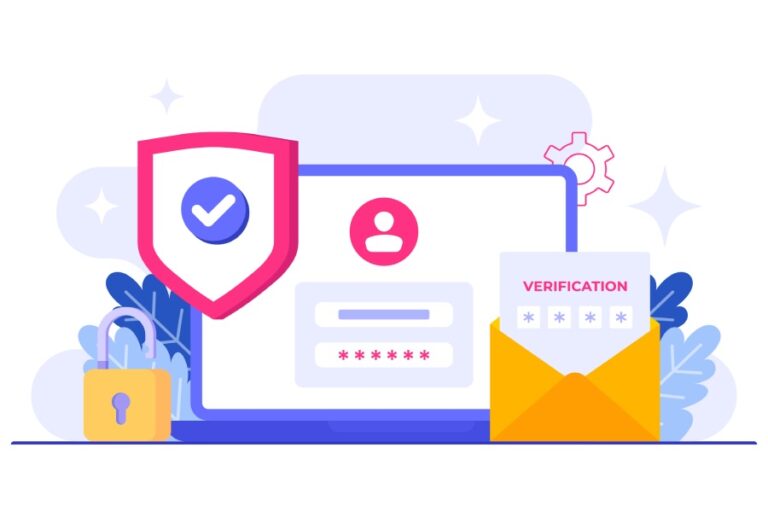Google Security Alerts: How to Protect Your Account from Phishing
In today’s digital age, protecting your online accounts, especially your Google account, has never been more crucial. With phishing scams becoming increasingly sophisticated, recognizing when your account might be under threat can be the difference between safeguarding your personal information and falling victim to cybercriminals.
You might think that these alerts are just another hassle, but they serve a vital purpose: keeping you informed and alert to any suspicious activity. Here, we’ll walk you through what triggers Google security alerts, how to respond effectively, and the best practices to enhance your account security. By understanding these elements, you can take charge of your digital safety with confidence.
Google security alerts notify users of potential unauthorized access attempts to their accounts, typically when there is a login from an unrecognized device. It is essential to verify the legitimacy of these alerts by checking the sender’s email address, scrutinizing the content for errors, and avoiding clicking on links directly; instead, go to your account through a secure browser.
What Triggers a Google Security Alert?
The world of cybersecurity is increasingly vigilant, and Google Security Alerts serve as your first line of defense against potential threats. Each time there’s an action that diverges from your usual account activity, Google steps in and sounds the alarm.
Common triggers include logins from new or unrecognized devices, attempts to access your account from unusual locations, suspicious credential use, or modifications made to your security settings.
Common Triggers
- New Device Login: When access to your account is attempted from a device that has not been previously recognized by Google’s systems, you’ll receive an alert. This feature helps protect you from unauthorized access; hackers often employ new devices to compromise accounts.
- Unusual Login Location: If someone tries to log into your account from cities or countries you don’t usually access, this abnormality will trigger a security alert. For example, if you typically log in from New York but suddenly receive alerts for logins in Tokyo, it’s a red flag worth investigating.
- Password Change Attempt: Any time someone attempts to modify your password—whether successfully or not—you’ll be notified. This alert keeps you informed about any unauthorized moves regarding your account security.
- Security Setting Changes: Be mindful of any alterations made to recovery options such as backup emails or phone numbers. If anyone tampers with these elements without your consent, it sets off warning bells through Google’s alert system.

Understanding these triggers enables you to distinguish between legitimate notifications and potential phishing attempts. For instance, if you’re alerted about a new device login but haven’t been traveling recently, there’s every reason to investigate further. Always approach these notifications with an analytical eye; they’re designed to keep you one step ahead of potential intruders.
Being aware of these triggers not only enhances your understanding but also empowers you to respond swiftly when something seems amiss. Let’s now consider the proactive steps you can take to ensure your online safety remains robust and uncompromised.
Immediate Actions to Secure Your Account
Upon receiving an alert, your first move should be to examine the alert details. Carefully read through the notification to get a clear picture of what transpired.
For instance, check the device type; was it a computer, tablet, or smartphone?
Then, shift your focus to the location—is this a place you’ve been before or one that seems suspicious?
Lastly, note the time of the login attempt. This will help you determine if it fits within your typical usage patterns or if it’s something entirely outside of what you’d normally expect.
With a deeper understanding of the alert’s context, if anything seems off, the next critical step is to act by changing your password.
It’s time to change your password with urgency. Navigate to your Google account settings and opt for a new password that is not only strong but unique as well. This means dodging common choices like “123456” or personal information such as birthdays or names. Instead, aim for a mix of uppercase letters, lowercase letters, numbers, and even special characters. A strong password could look something like “M@rvelous2025!”—a mix that makes it hard to guess yet easy for you to remember. Make sure to store it safely; consider using a password manager for better security.
After securing your password, it’s wise to leverage Google’s tools to assess and enhance your account’s security.
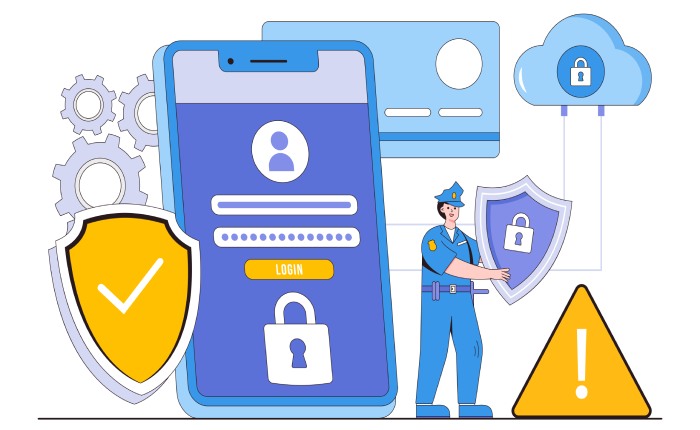
The next move in our action plan is to perform a Security Checkup. Google’s Security Checkup tool is instrumental in helping you review activity on your account. When you use it, you’ll not only get insights into recent logins but also be prompted to verify your recovery options. This is paramount: ensure that alternative methods for account recovery are accurate and accessible because they are your safety net should something go wrong. You can double-check that your recovery email and phone number are correct and up-to-date.
A user who received an alert about an unexpected login from abroad quickly changed their password and activated two-factor authentication (2FA) as part of their Security Checkup, effectively blocking potential unauthorized access before it could escalate into a bigger issue.
These steps are foundational elements in establishing robust protection, paving the way for further actions you can take to enhance your security against unwanted intrusion.
Verifying Legitimate Alerts
The content of a Google Security Alert provides key insights into its authenticity. Trustworthy alerts often include personalized information, such as your name and part of your email address. When you receive an alert, take a moment to observe how it addresses you. If it uses a generic greeting like “Dear User” or “Dear Customer,” take caution. Legitimate communications will almost always address you personally, reflecting their awareness of your account details.
Often, phishers employ poor language, overflowing with spelling or grammatical mistakes. While legitimate businesses maintain high standards in their correspondence, attackers may not present themselves appropriately, so always be on the lookout for these errors.

A Deeper Dive into Content Scrutiny
When examining the alert’s content, pay close attention to the URLs it directs you toward. Genuine alerts from Google will link to trusted domains like accounts.google.com, while malicious ones could direct you to misleading websites designed to impersonate Google’s official site. To double-check, hover over any link before clicking—this reveals the actual URL without requiring a click. Trust your instincts; if something doesn’t feel right, don’t proceed.
While simple checks can help minimize risks, let me share some additional insights that might help protect you better:
| Criteria | Legitimate Alert | Phishing Attempt |
| Email Address | no-reply@accounts.google.com | Suspicious variations |
| Personal Details | Contains your name and partial email | Generic salutation |
| Link Destination | Links to accounts.google.com | Unknown or misleading URLs |
| Urgency | Calm and measured tone | Creates a false sense of urgency |
| Attachments | No attachments present | May include unexpected attachments |
As you navigate these verification steps, remember that your intuition plays a critical role in maintaining online safety. Turning our focus now to understanding how to recognize potentially dangerous situations will enhance your defense against phishing efforts.
Spotting Phishing Attempts
Phishing attempts have evolved significantly over the years, necessitating a keen awareness of their signs. One common tactic employed by scammers is creating an atmosphere of urgency or fear. They often craft messages that compel recipients to act quickly, whether by clicking on a malicious link or downloading an attachment that could compromise their security. Understanding how these emails function is the first line of defense against falling victim to such deceptions.
Common Signs of Phishing
A telltale sign of a phishing email is its tone and content. Many phishing emails appear alarming or threatening, suggesting immediate action is necessary. This psychological manipulation aims to prompt users into making hasty decisions without thoroughly analyzing the message’s authenticity.
A prime indicator of a phishing attempt can be found in the URLs linked within those emails. It’s essential to hover over any links before clicking, revealing their true destination. If the link doesn’t match the expected URL—or if it appears nonsensical—exercise extreme caution! Scammers frequently deploy similar-looking domain names, hoping you won’t spot the minor discrepancies at first glance.

Another red flag is the use of generic greetings. Legitimate businesses typically personalize their correspondence; for example, you would expect to be addressed by your name rather than “Dear User” or “Valued Customer.” This formality implies a lack of genuine connection and serves as a warning sign to think twice before proceeding.
Transparency in communication defines reputable organizations. They would never request sensitive information—such as passwords or credit card details—through email. Any message asking for such information should immediately trigger alarm bells.
Think Before You Click
Have you ever received an email informing you that your account would be terminated unless you verified your identity?
Chances are this indicates a phishing attempt. Legitimate companies will guide you to their official website for verification rather than urging you to respond directly via email. Always examine such requests critically; it’s wiser to go directly to your account by typing in the website address yourself instead of following dubious links.
Additionally, trust your instincts; if something feels off about an email, it probably is. Maintaining this heightened sense of awareness while navigating your inbox can protect not only your Google account but also your overall digital presence. Taking these simple precautions can significantly diminish your risk of becoming a victim of sophisticated phishing scams that continue to proliferate in our interconnected world.
As tactics evolve with technology, staying informed about protective measures becomes vital in safeguarding personal data and maintaining security across platforms.

With this understanding of spotting phishing attacks, we can now explore actionable strategies designed to bolster your online defenses and ensure greater protection against potential threats.
Essential Security Practices
Maintaining robust security practices is key to safeguarding your Google account from unauthorized access and potential phishing attempts. Let’s explore some specific strategies you can implement today.
Strong Passwords
The foundation of online security starts with passwords. It’s crucial to use complex passwords that comprise at least twelve characters, blending uppercase and lowercase letters, numbers, and symbols. For example, instead of using simple phrases like “mypassword123,” consider something more intricate such as “R#8tV4q!m97L.” This way, even if someone tries to guess your password, they will face a formidable challenge.
Avoid common phrases or patterns — think creatively and do not rely on easily guessable information like birthdays or names. It may help to use a passphrase, which combines several random words in a memorable way; this not only meets length requirements but is usually easier for you to remember.
Alongside strong passwords, you should definitely consider implementing Two-Factor Authentication, or 2FA.
Two-Factor Authentication (2FA)
Enabling 2FA adds an added layer of security by requiring a secondary verification method whenever you log in. This often takes the form of a unique code sent to your mobile device or email address. It’s vital because even if a malicious actor gains access to your password, they would still need that second factor to enter your account. According to Google’s reports, enabling 2FA can block up to 99.9% of automated attacks, providing astronomical protection against unauthorized access.
Think of it as having two locks on your door versus just one; it significantly increases the barrier for would-be intruders.
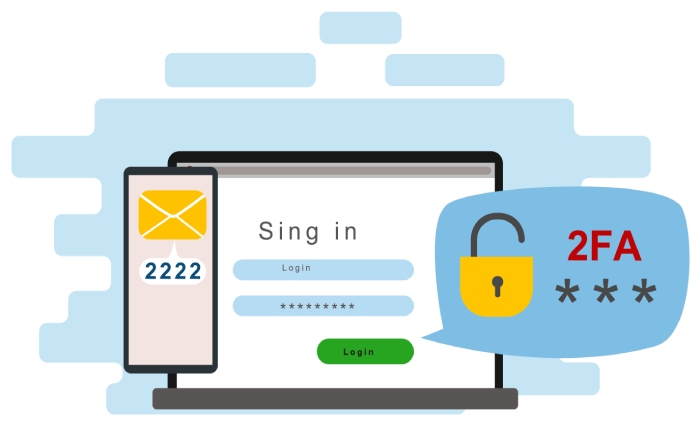
Additionally, ensuring you have updated recovery options is essential for quick access reinstatement should you encounter any issues.
Updated Recovery Information
Your next step is making sure that your recovery phone number and email are current. Regularly updating this information ensures that if you ever forget your password or get locked out of your account, reclaiming access becomes simpler and faster. Ideally, set up an alternate email address and a phone number where you regularly receive messages, as this will facilitate swift recovery when needed.
Protect your Google account even further by aligning it with SPF, DKIM, and DMARC to authenticate emails and defend against phishing and spoofing threats.
Employing these essential security practices—strong passwords, utilizing two-factor authentication, and maintaining updated recovery information—creates stronger barriers against potential threats while managing your Google account effectively. These proactive measures reflect both awareness and responsibility in navigating today’s increasingly complex digital landscape.
With these fundamental practices firmly in place, we can now shift our focus to adjusting specific settings that allow for greater control over how you’re alerted about security risks.
Customizing Your Alert Settings
Managing Google Security Alerts is an essential part of keeping your digital life safe. By customizing how you receive these alerts, you can ensure that you’re only notified about the most critical security events without being inundated with excessive messages. This fine-tuning can help streamline communication and ease the burden of constant alerts, which can sometimes lead us to overlook genuine threats.
Adjusting Notifications
To begin this process, navigate to your Google account’s Security section. Here, you’ll find the option labeled Manage security alerts. Within this area, you have the flexibility to choose how you want to receive notifications—either through email or SMS. Personally, I find SMS alerts quicker and more reliable since they pop up immediately on my phone, ensuring I’m aware of any urgent issues regardless of where I am.
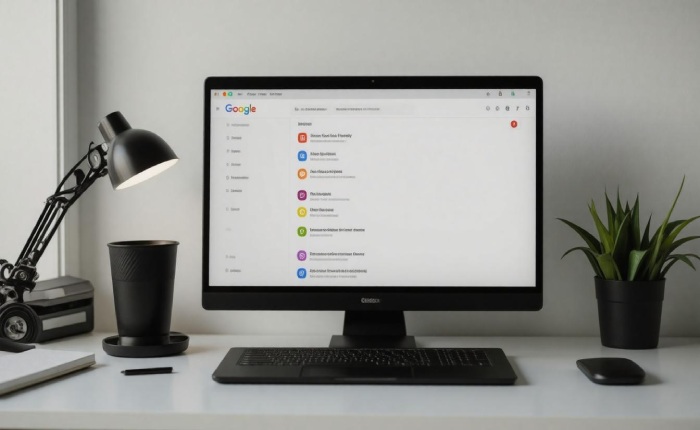
For a more personalized approach, consider setting specific times during the day to check your email rather than relying solely on instant notifications.
Limit Alerts to Unrecognized Devices
An effective way to enhance your alert system is by customizing settings to alert you only for unrecognized devices. When someone attempts to access your account from a device that hasn’t been verified as trusted, you’ll receive an immediate notification. By limiting alerts in this manner, you significantly reduce unnecessary notifications from familiar devices.
It’s important to regularly review which devices are marked as trusted and remove any old or unused ones from this list. Keeping track of your trusted devices ensures enhanced security. This is akin to having a bouncer for your digital space; only allowing known and trustworthy guests while monitoring unfamiliar faces as they enter.
By tweaking these alert settings thoughtfully, you’re not only protecting yourself but also sharpening your awareness of significant security events without overwhelming interruptions.
Additionally, implementing these strategies doesn’t replace good security hygiene—like using two-factor authentication—but complements it wonderfully. The combination gives you a proactive approach to securing your Google account.
Informed adjustments empower you in the ongoing battle against phishing and unauthorized access while creating a more secure digital environment.

